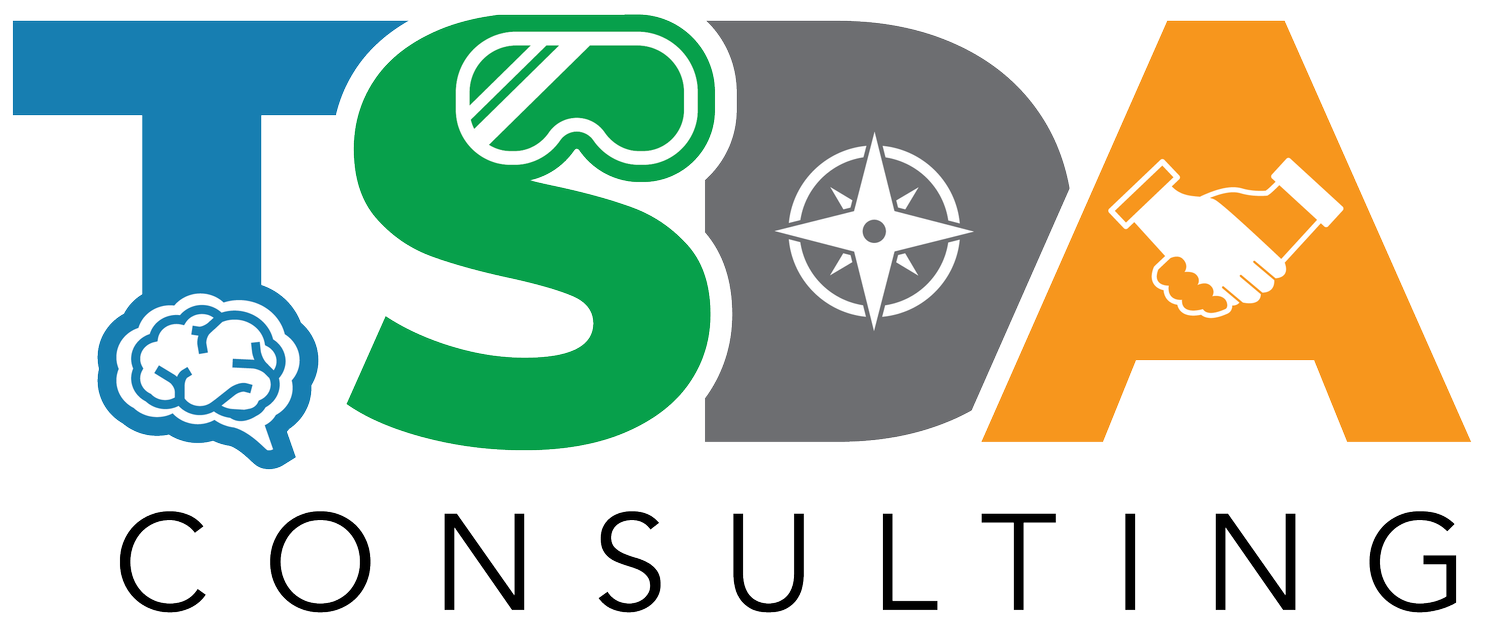Physical and Psychological Safety
May is mental health awareness month. This year's theme is #MoreThanEnough. As in, you are more than enough just the way you are. Did you know that the lack of physical safety in the workplace can have a detrimental impact on workers' mental health? Whether it's working in hazardous conditions or dealing with aggressive clients, employees who don't feel safe at work are more likely to experience anxiety, depression, and other mental health issues.
A lack of physical safety can lead to a sense of powerlessness and isolation. Workers who don't feel safe are less likely to speak up about problems or concerns, which can lead to a feeling of being trapped in an unsatisfactory situation. If a team member is unwilling to speak up about their own safety, then usually there are many other issues that are being hidden or simply go unaddressed.
Physical safety at work includes both the physical environment in which workers carry out their duties, and the systems and procedures in place to protect them from workplace hazards. While employers are responsible for ensuring a safe workplace, employees also have a role to play. The organization encourage the reporting any unsafe conditions or practices.
When workers feel safe at work, they are more likely to be productive and engaged in their jobs. Conversely, when they feel unsafe, they may experience increased stress levels, which can lead to anxiety, depression, and other mental health problems.
There are links between workers' physical safety and their mental health. A lack of physical safety at work can lead to a number of mental health problems. Anxiety is a common reaction to working in an unsafe environment. Employees may feel constantly on edge, worrying about what could happen to them or their colleagues. This can lead to difficulty concentrating, insomnia, and other symptoms of anxiety.
There are a number of ways to ensure the physical safety of employees in the workplace. First and foremost, employers should conduct a thorough risk assessment of their workplace to identify any potential hazards. Once hazards have been identified, appropriate control measures should be put in place to eliminate or minimize them. Employers should also encourage employees to report any unsafe conditions or practices they witness in the workplace.
Physicial safety is just the beginning of a person's total wellness. An organization should focus on the risk mitigation, open communication, proper training, and programs to assist with mental wellness like an employee assistance program.
